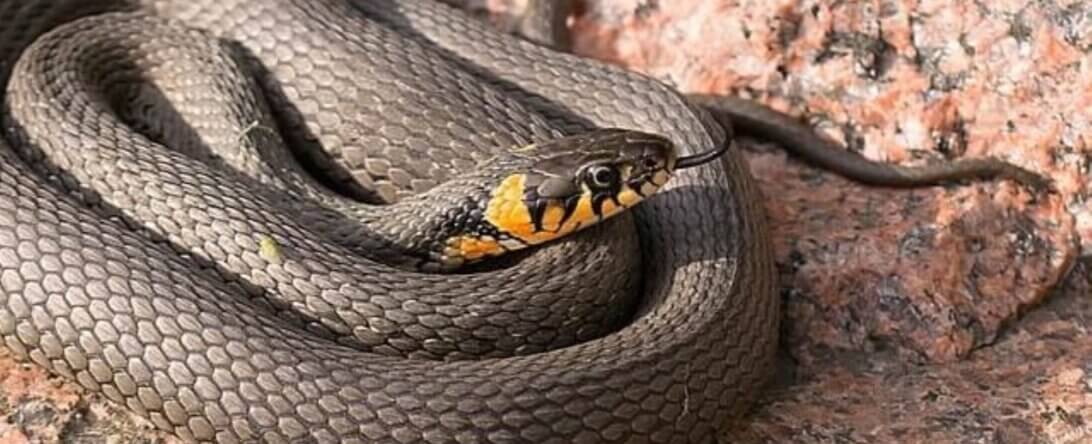8 Reasons You Should Leave Lobsters Alone 🦞
Lobsters are amazing animals who are full of surprises, but many don’t escape their most menacing predator: humans, who eat tens of millions of them each year in the U.S. alone. 😢 We should be showing lobsters compassion, not pulling them from their ocean homes and boiling them alive. Here’s why you should leave lobsters alone:
Reasons to Leave Lobsters Alone
1. Lobsters have great memories.
Lobsters can recognize each other and remember past acquaintances, which shows they have memory abilities similar to those of other animals. So why do we treat them as though they’re nothing but food?
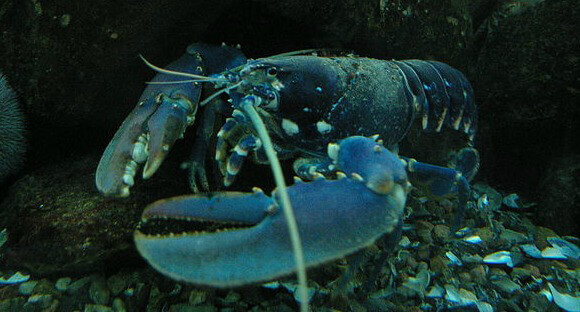
2. Lobsters have long life expectancies.
So many parts of lobsters’ lives are just like our own. They carry their young for nine months and can live to be more than 100 years old. They also have a long childhood and an awkward adolescence. Pretty relatable, amirite? 😶
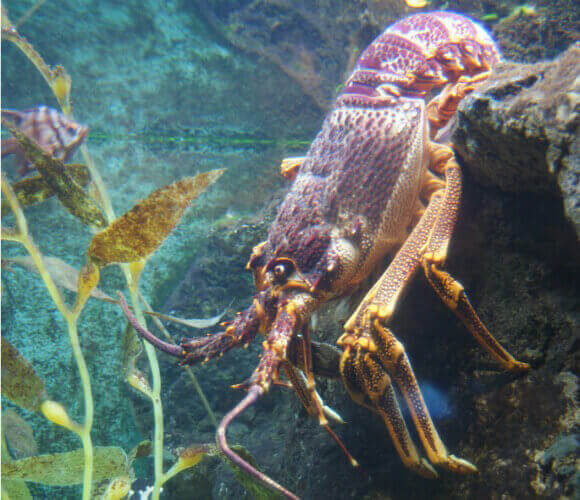
3. Lobsters can suffer.
Scientists have found that lobsters, like all animals, can feel pain. Plus, when kept in tanks, they may suffer from stress, low oxygen levels, and crowding.
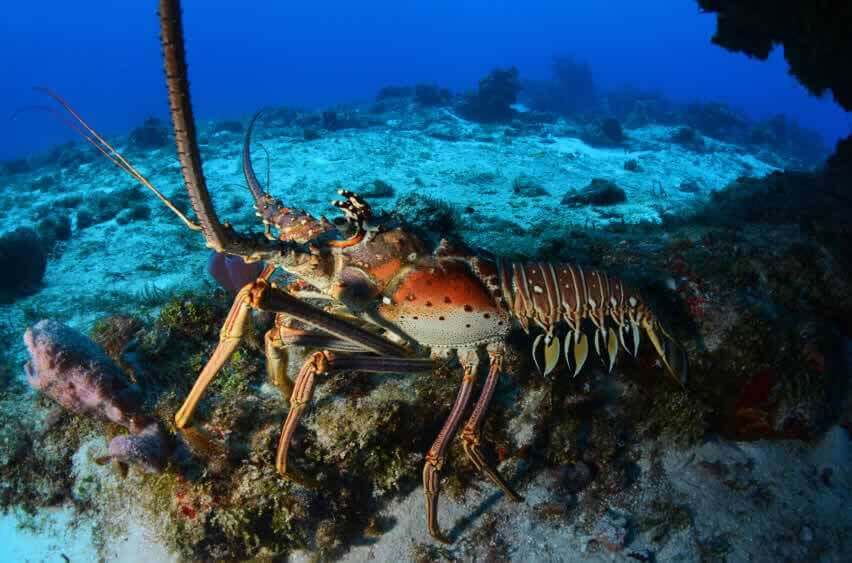
4. Lobsters die painfully when they’re killed for food.
When humans drop them into scalding-hot water, lobsters whip their bodies and scrape the sides of the pot in a desperate attempt to escape. Like us, they have nerve tissue spread throughout their bodies, so it’s no doubt an agonizing death. Unlike humans, lobsters can’t go into shock, which means they can feel everything until the moment they die. 😱
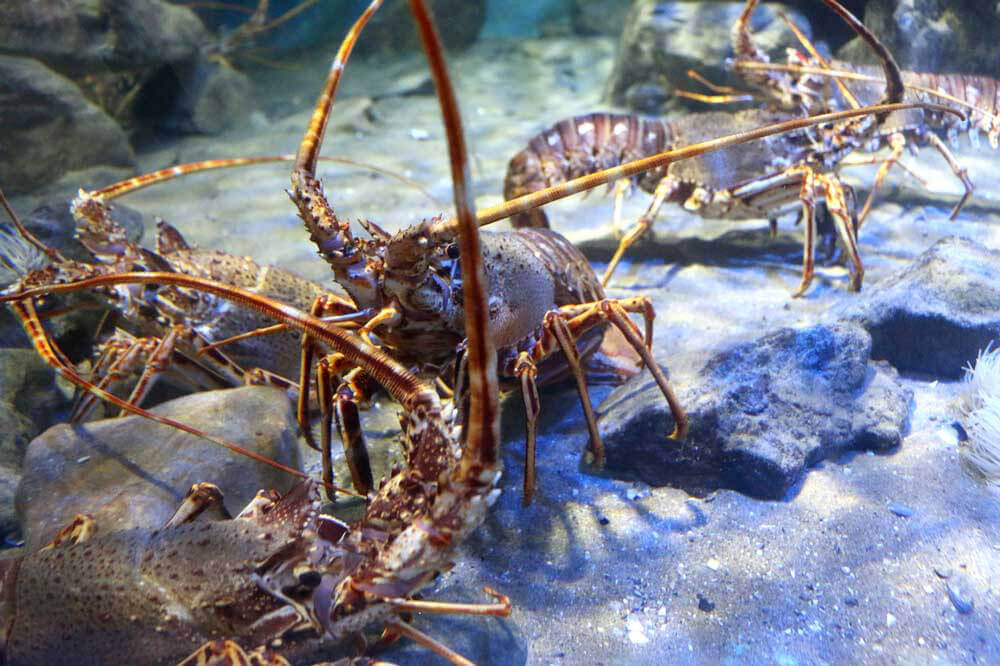
5. Lobsters go on vacation.
Lobsters are top-tier travelers—they take long-distance seasonal journeys and can cover 100 miles or more each year. But their travels often turn into nightmares when they get caught in one of the millions of traps humans set along the coasts.
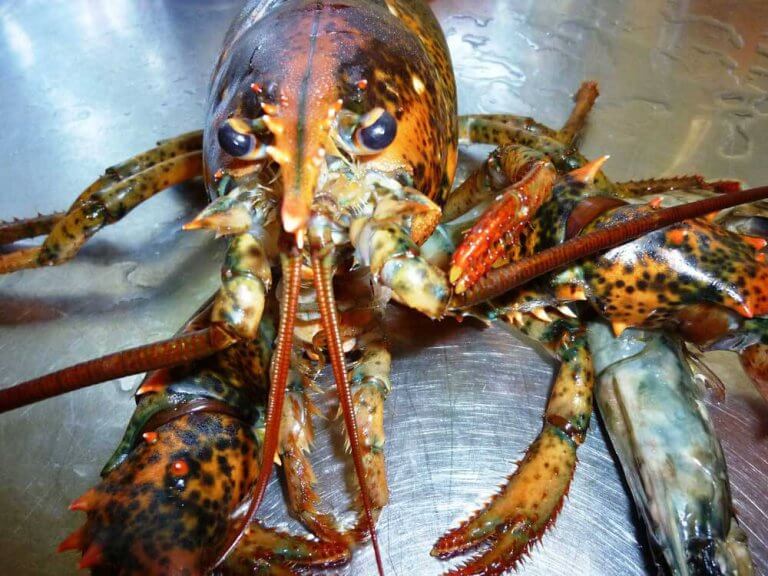
6. Lobsters explore.
Animals have fascinating ways of exploring the world. For example, lobsters “smell” chemicals in the water with their antennae and “taste” with their legs—and when they find food, they chew it in their stomach. 🤯
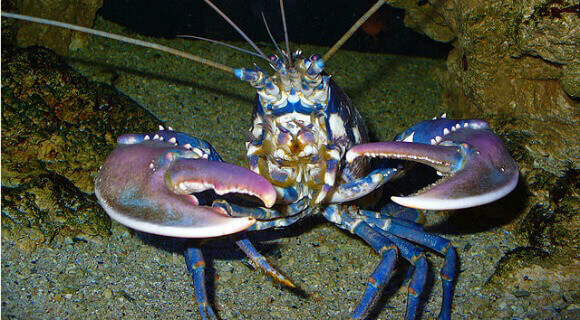
7. Lobsters have relationships.
Like other animals, lobsters use complex signals to set up relationships, and females take the lead by looking for males with the best burrows. We can all learn a lesson from this: Taking care of your living space is a huge green flag.
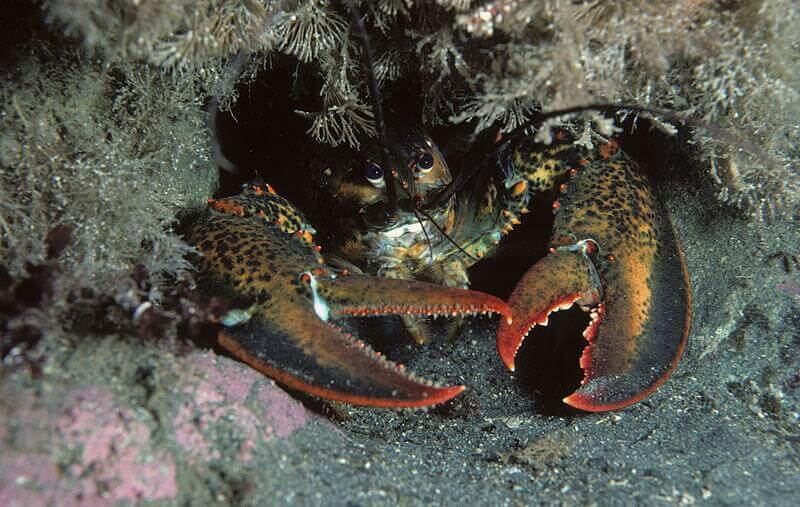
8. Vegan lobster dishes are delicious.
You can make mouthwatering vegan lobster dishes using a key ingredient: Hearts of palm. This veggie, which comes from palm trees, has a taste and texture similar to lobster. Best of all, using it to make vegan dishes helps lobsters enjoy long, fulfilling lives.
*****
Other crustaceans, like crabs, are also full of surprises. Play this 🔥 game to explore the vast undersea world as a hermit crab and fight to buy back your repossessed shell:
Text peta2 to 30933 for ways to help animals, tips on compassionate living, and more!

Terms for automated texts/calls from peta2: http://peta.vg/txt. Text STOP to end, HELP for more info. Msg/data rates may apply. U.S. only.



